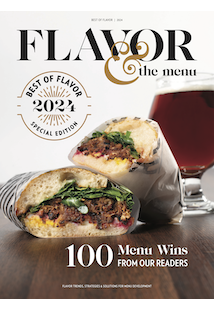
I visited Harpswell, Maine, for the first time more than 20 years ago, to join a friend for a lobster supper. The fisherman who caught the lobsters—her brother—dined with us. I felt awkward eating next to him. Do I have butter all over my face? Am I really supposed to clean out the body, too?
The lobsters were remarkable and the company great. But what I remember most about the meal was how the family moved in rhythm: picking, cleaning, laughing, talking. They understood the undertaking that resulted in having those lobsters on the table, and celebrated the process together. That meal was an introduction to the fishing way of life, a way of life that is now my own.
I started working in the fishing industry more than a decade ago. I attended local food meetings, sitting silently, listening to colleagues in the agriculture industry share stories in line with the USDA’s “Know Your Farmer, Know Your Food” campaign introduced in the early 2000s. This campaign asked consumers to think about where their food came from and how it got to their plates. It promoted the farmer’s role in the food industry.
When I finally did speak, my single question was: “What about fishermen?”
My query was often met with “Don’t they have their own thing?” Well, no, they don’t. But that is not to say that they can’t. The opportunity to support fishermen does follow a similar arc: Buy seafood, know your fishermen, and support fishing communities.
The 142 communities dotting the Maine coast survive the winter because of the fishing industry. Local populations double in summer when part-time residents want to be near the water and all it offers. When summer ends, previously packed municipal parking lots sit empty. But there is still a line of pickup trucks parked in front of the general store early in the day as fishermen have their coffee and chat about the weather. They run errands, spend their dollars close to home, and support local businesses. They keep the towns running, volunteering as fire fighters and Little League coaches, plowing snow and doing odd jobs.
Most of the seafood consumed in America is eaten in restaurants. Chefs who choose to purchase more seafood are not only getting a wonderful product—they are also feeding the narrative that we all should eat more seafood, more often. Increased seafood consumption adds value to the fishermen’s role in the food system. Chefs opting to serve more seafood helps fishing communities thrive, provides a place for fishermen and their families to live, and gives consumers better opportunity to enjoy the fruits of the industry’s labor.
I still enjoy lobster suppers with my friend, because she is now my sister-in-law and her brother, my husband. I know firsthand how more seafood sold equates to stronger working waterfronts and flourishing fishing families. Thank you for supporting me and my community.











